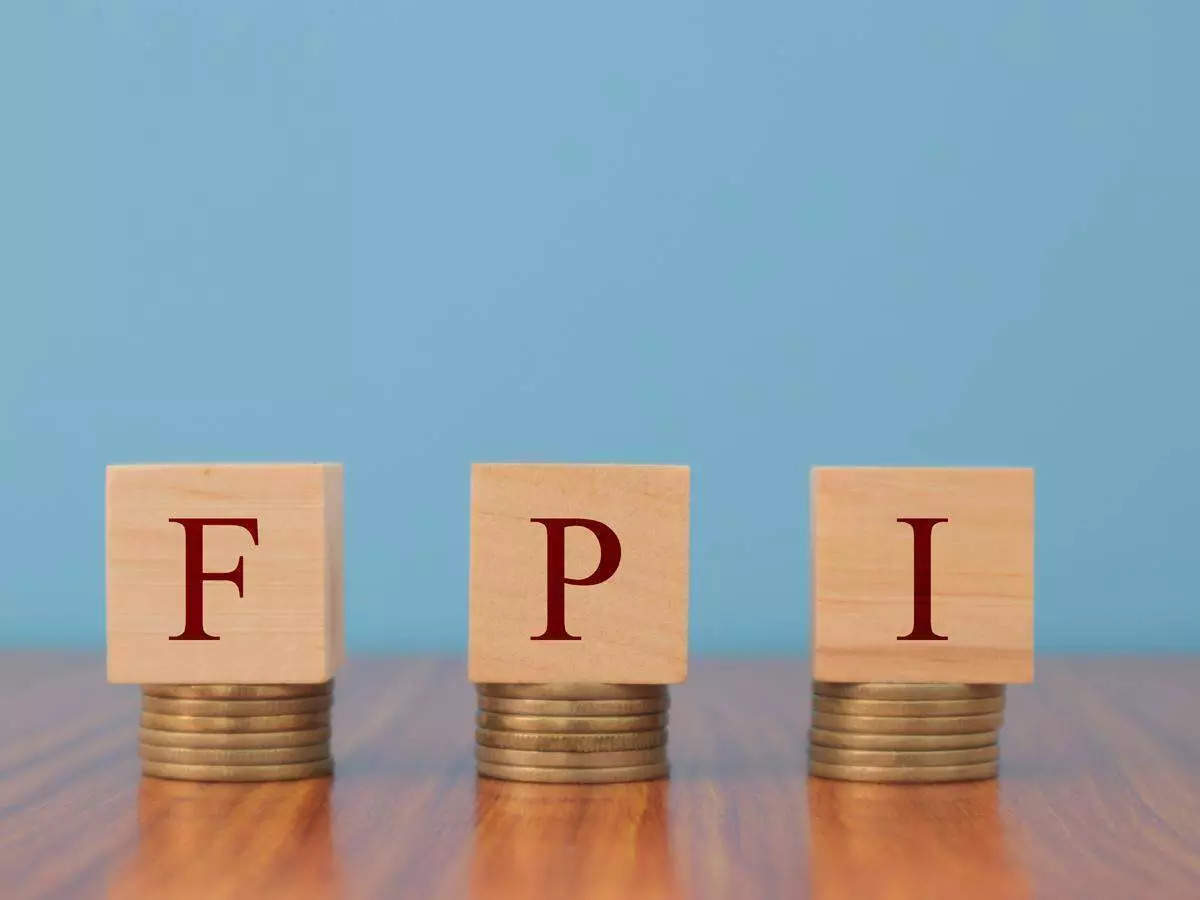Not just stocks, FPIs turn net sellers in debt market after a year. What's the stress?
Higher US Treasury yields and the rupee slipping to record lows have led to some position unwinding by foreign investors, who have sold nearly $1.3 billion of government bonds in April.
As global macro worries continue to haunt foreign investors, have turned net sellers not just in the Indian equity market but also in the for the first time since March last year."A major trend in FPI activity this month is that FPIs have turned sellers into debt after sustained buying for several months. In April through 20th, FPIs sold debt worth Rs 12,885 crore. This again is the consequence of the rising US bond yields and the concern regarding rupee depreciation," said Dr. V K Vijayakumar of .
Higher US Treasury yields and the rupee slipping to record lows have led to some position unwinding by foreign investors, who have sold nearly $1.3 billion of government bonds in April.
Indian benchmark 10-year bond yields ended the week 5 basis points (bps) higher compared to a rise of 6 bps last week. This was the third straight rise in yields as investors remain worried around escalating tensions in the Middle East and the timing of Fed rate cuts.
The Indian rupee logged a second consecutive weekly decline, falling about 0.1% to 83.4700 against the US dollar.
In the Indian equity market, too, the hotter-than-expected US inflation and the consequent spike in bond yield (the US 10-year rising above 4.6%) led to big selling in the cash market.
“Now, the total FPI flow for April stands dwindled to Rs 5639 crore. It was the FPI investment through the primary market of Rs 22,092 crore which enabled the total equity flows to touch Rs 5,639 crore. FPIs sold equity worth Rs 16,452 crore through exchanges. This kind of big selling happens whenever the US bond yields spike beyond expectations,” Vijayakumar said.
Also read |
Market data shows that FPIs have been big sellers in IT in anticipation of poor Q4 results. They were also sellers in FMCG and consumer durables, while buying stocks from sectors like autos, capital goods, telecom, financial services and power.
On the derivatives front, the long exposure of foreign investors in index futures stands at 35%, whereas the put-call ratio is sitting at the 1.03 mark, suggesting a bullish bias.
Analysts expect volatility to remain high in the coming week too, citing the feeble global cues and ongoing earnings season.
(Disclaimer: Recommendations, suggestions, views and opinions given by the experts are their own. These do not represent the views of The Economic Times)
Source: Stocks-Markets-Economic Times
